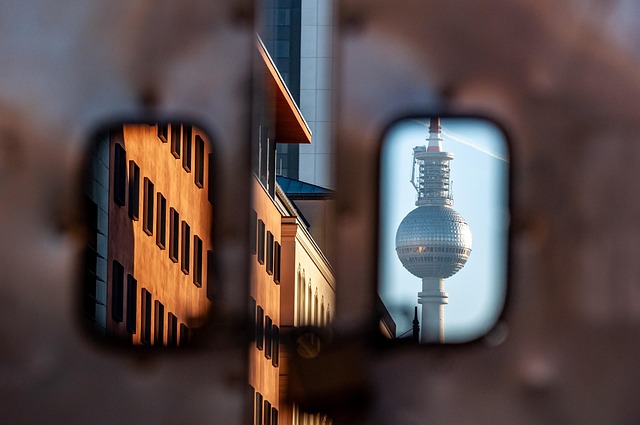Unpacking the Art of Montage: A TV Viewer’s Guide
As you settle into your couch after a long day, the anticipation of what comes next in your favorite TV show fills the air. One of the most powerful storytelling tools that filmmakers and showrunners use to enhance our viewing experience is the montage. It’s not just a collection of quick images; it’s a visual language that speaks volumes, evoking feelings, emotions, and memories in a matter of seconds.
The Essence of Montage
At its core, a montage is a series of short clips or images stitched together to convey a narrative progression or emotional journey. It can signify the passage of time, highlight character development, or even create a powerful emotional impact through a carefully curated selection of moments. Think about those scenes where time feels like it’s racing by; a character achieves a goal, transforms, or experiences love and loss—all condensed into mere minutes. These snippets resonate with us, allowing us to feel connected to the characters and their journeys.
Types of Montages
There are several types of montages that we encounter in television, each serving a distinct purpose:
- Action Montage: Often found in action-oriented shows, these sequences keep viewers on the edge of their seats by piecing together fast-paced clips. Think of training montages in sports dramas or sequences that build suspense during a heist.
- Emotional Montage: These are the heartstrings tugging moments that often compile clips from various episodes, showing growth and change over time. A classic example is the touching recap of relationships that have blossomed or faltered.
- Musical Montage: As the music swells, a series of visuals plays out, capturing the essence of a moment, like a couple falling in love or a group of friends celebrating. The rhythm of the music guides our emotions, making the moments feel even more poignant.
Understanding the Impact
Recognizing the use of montage in a TV show unlocks a deeper appreciation for the craft of storytelling. It invites us to engage more critically with what we watch, prompting us to ponder the choices made by directors and editors. A well-executed montage can elevate a simple plotline into a rich tapestry of interwoven experiences that reflect real life’s complexities.
Examples in Popular Television
Some of our favorite shows showcase the art of montage with finesse. Think of the iconic montages in Friends where we witness the evolution of relationships through quick cuts, or the gripping action sequences in 24. Even in a drama like This Is Us, montage sequences beautifully capture the intricacies of familial connections, time passing, and the bittersweet nature of memory.
Emotions and Identifications
As viewers, montages have a unique ability to strike a chord in us. They encapsulate shared experiences and feelings, reminding us of our own lives, dreams, and challenges. Every clip in a montage is like a snapshot—each moment important yet brief, urging us to cherish the present while acknowledging the past.




